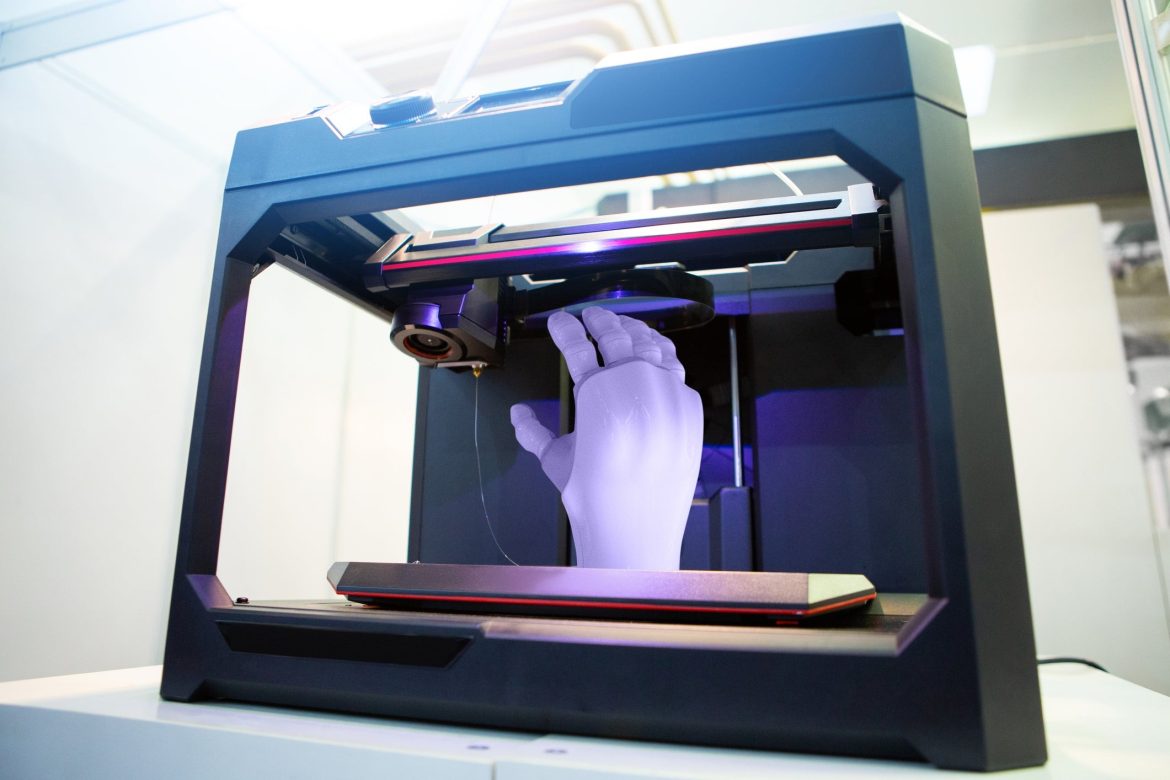656
Read Time:2 Minute, 56 Second
The field of 3D printing, also known as additive manufacturing, has witnessed remarkable advancements in recent years, revolutionizing various industries and transforming the way we design, produce, and consume goods. From creating intricate medical implants to constructing entire homes, 3D printing technology offers a wide range of innovative applications that have the potential to reshape our world. In this article, we’ll explore some of the most exciting developments in 3D printing and their implications across different sectors.

